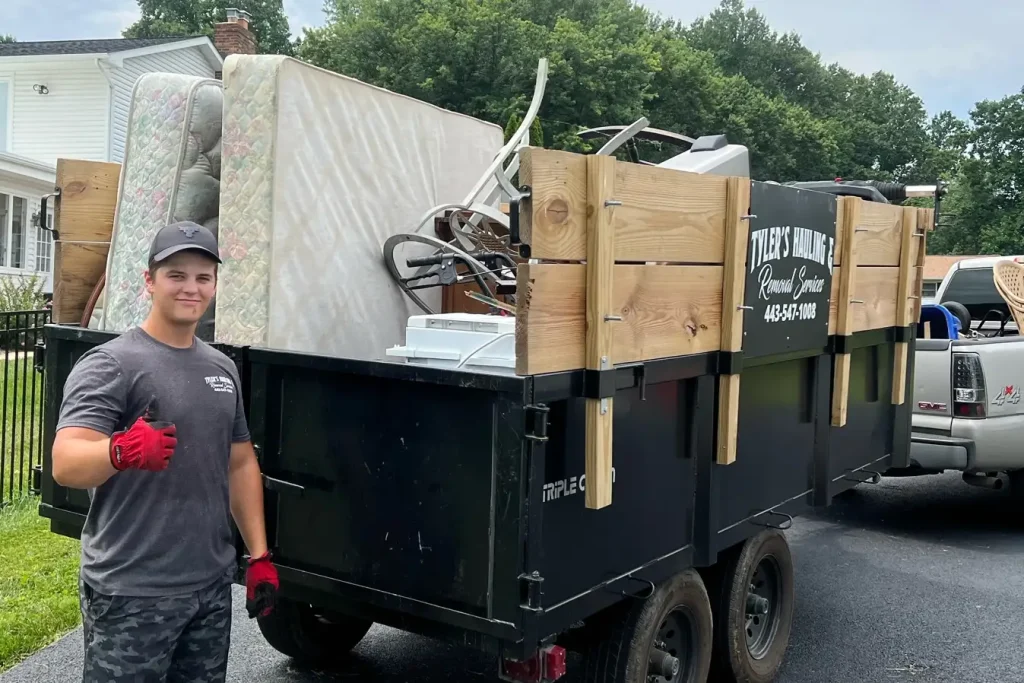The Tiny Living movement has been gaining momentum in recent years, with advocates shunning the traditional American dream of owning a large home and instead choosing to live in more modest dwellings. Tiny homes allow individuals to enjoy the flexibility of living within an affordable price range without sacrificing any of the comforts that can be found in larger structures. Many are also considering them a sustainable alternative for those on a tight budget, as the upkeep and utility costs associated with tiny home ownership are significantly lower. To learn all the facts, click here https://www.webuyhouses-7.com/massachusetts/we-buy-homes-springfield-ma/.
The Benefits
Flexibility is a huge benefit of tiny living, as the occupants of tiny homes can move from one location to another without the hassle of remodeling. As a result, these structures are ideal for people who travel for work and for those who want to be close enough to family without overstaying their welcome. The tiny home movement has also sparked a new interest in green initiatives, as occupants can take advantage of solar power and other environmentally-friendly ways to heat and cool the structures.
In terms of cost effectiveness, tiny homes have a tendency to be more affordable than traditional properties, particularly for people who are able to live in the home full time. Construction is also relatively cheaper than other types of homes, due to the fact that there is less building material needed. In addition, tiny home occupants do not have to worry about large utility bills like those incurred by people living in larger houses. To get the latest information, visit https://www.mobile-home-buyers.com/massachusetts/sell-my-mobile-home-springfield-ma/.
The Drawbacks
While tiny homes do offer many benefits over traditional dwellings, there are also drawbacks associated with them. One of the biggest issues is that each tiny home is essentially a custom-built structure, which makes them quite costly for most to afford. The tiny home movement has also been criticized for being too focused on aesthetics alone, as many are constructed from repurposed materials and do not necessarily offer the same comfort and safety as larger homes.
Many people also prefer not to live in structures that do not have an indoor bathroom, although there are some companies that provide these services. In addition, since these homes are usually built without a foundation, they require a special permit to legally operate.
The future of tiny living
As with any movement that starts small, the Tiny Living movement has quickly gained momentum and spread across the nation. More and more people are choosing to abandon their larger homes for newer, more economical models that allow for greater flexibility and customization.


